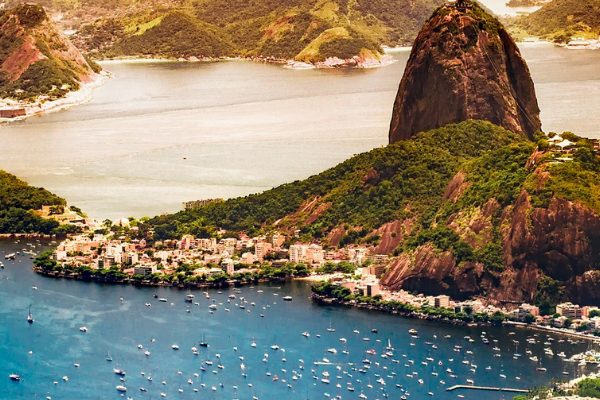If there was a European championship for partying, Spain would be a shoo-in. Long after most nations have gone to bed, Spanish people keep going and going, showing a unique dedication to the art of the fiesta.
It’s little wonder that Spain is home to some of the most enjoyable festivals anywhere, for example…
Carnaval in Cadiz & Tenerife
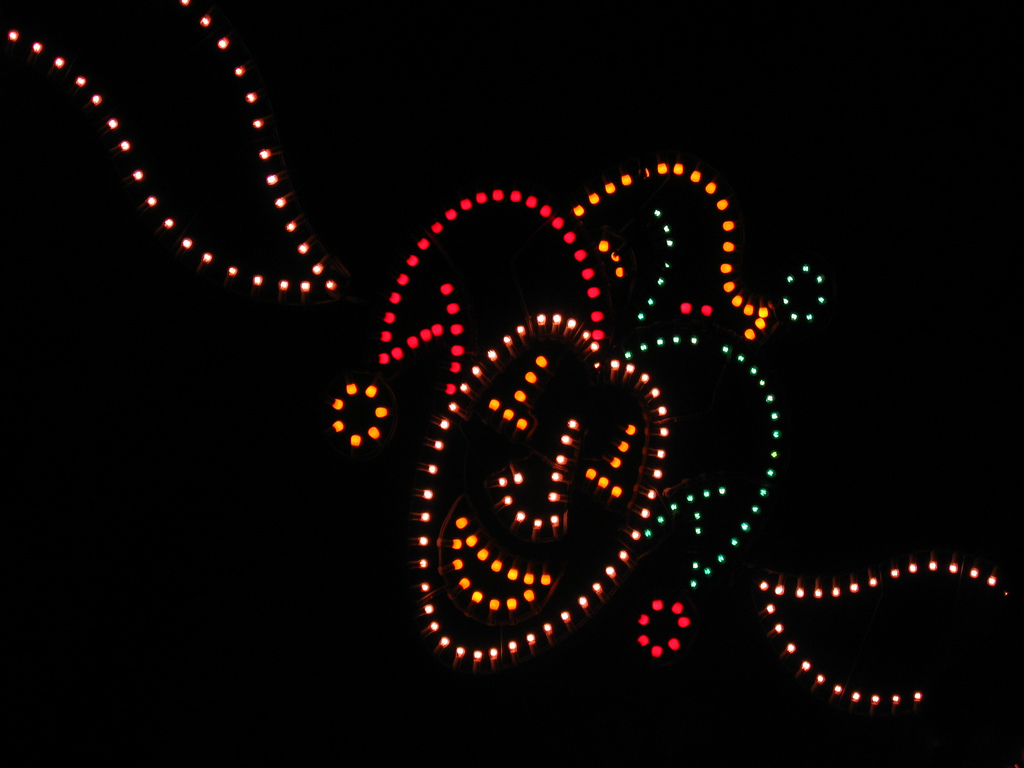 Photo: Teleyinex
Photo: Teleyinex
When someone mentions carnival, you probably think of Rio in Brazil, which hosts the world’s largest celebration each February. Brazilians say that Carnival is wilder further north… Salvador de Bahia is renowned for being particularly intense. But you don’t have to travel thousands of miles to revel in Catholic abandon… Europe has some spectacular carnival events of its own.
Jutting out into the Atlantic west of Gibralter, Cadiz is one of Spain’s most interesting cities all year round. During carnival, it is on another level. The locals prepare year round for the carnival each February. The event itself has a unique local twang… people around Cadiz are famed for their wit and this extends into the designs and performances to be found around the carnival.
“Chirigotas” (groups of performers) perform comical musical pieces, choirs sing and “romanceros” tell stories in verse. The pinnacle of the carnival is an event at the Gran Teatro Falla where various performers compete for prizes
The celebration is documented in the city as far back as the sixteenth century, but it’s likely to be even older.
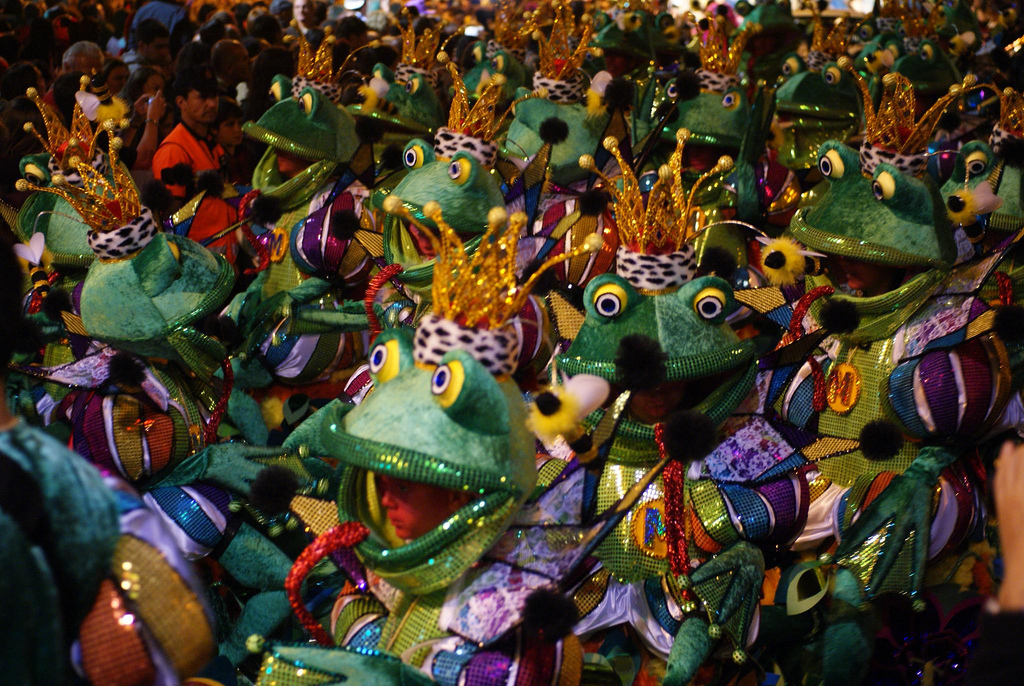 Photo: StarObs
Photo: StarObs
For another take on Carnival Spanish-style, El Carnaval de Santa Cruz de Tenerife gives Cadiz a run for its money. A combination of “official” carnival (which is organized by around 50 groups) and “street” carnival (locals having a good time), each year since 1989 has seen a new theme, ranging from pirates to Hollywood musicals.
Find out more about our Spanish courses in Cadiz and Spanish courses in Tenerife.
Sónar in Barcelona
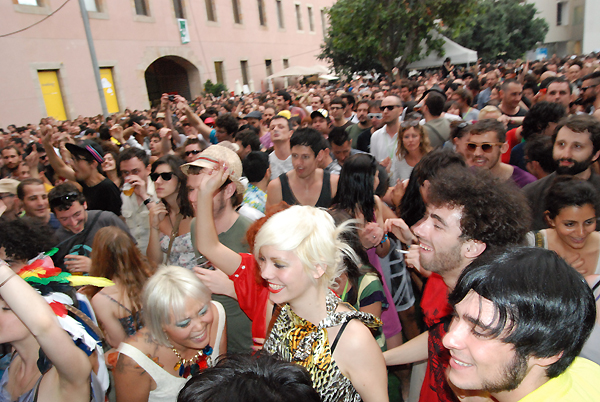 Photo: ScannerFM
Photo: ScannerFM
If you like the combination of repetitive electronic beats and sunshine, chances are you already know about Sónar. Europe’s top electronic music festival takes over the streets of Barcelona for three days each June.
Officially a festival of “Advanced Music and Multimedia Art”, most of the 80,000 visitors come for a jolly good dance in front of the world’s leading DJs and electronic music acts.
Daytime activities kick off in the city centre at around midday and continue until 10pm. Then the real fun starts as buses take partygoers out to four arenas where the party goes on all night.
It’s wild, it’s exciting and it’s the kind of event where you can easily get stuck into a three hour conversation about whether Munich or Berlin produces the best techno. Or you can just sling on your coolest shades and dance until the sun comes up.
See the official Sónar website. And check out our Spanish courses in Barcelona.
San Fermin in Pamplona
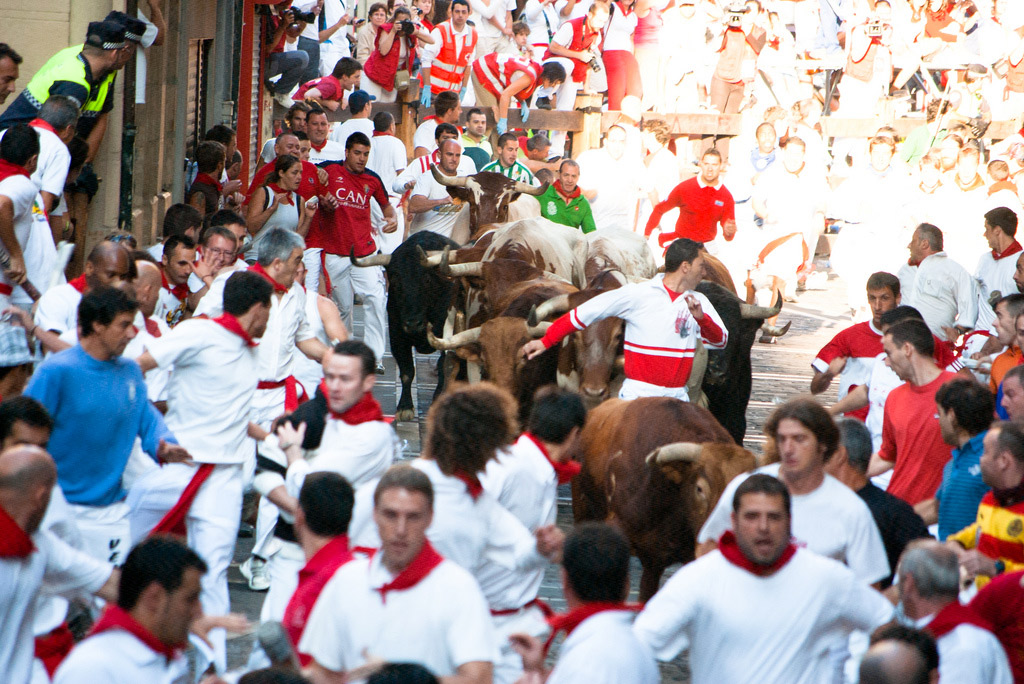 Photo: Jope 1978
Photo: Jope 1978
Spain has a confusing relationship with the bull. Driving through the Spanish countryside, you will see giant metal bulls sticking out into the sky and the silhouette of “el toro” is plastered all over the tourist trinkets for sale along the Costa del Sol. Surely the Spanish love bulls, don’t they?
But then bulls have a rough time at Spanish social events. Sure, they get their own back from time to time, but bullfighting remains popular in some parts of Spain.
If you want to see the bulls take out their frustrations, there is nowhere better than the running of the bulls at the annual San Fermin Festival. Each morning between the seventh and the fourteenth of July, the bulls are famously allowed to run the streets of Pamplona, chasing the town’s menfolk and any visitors silly enough to queue up for the experience at 7.30am.
Hundreds of people are injured each year and the death toll is well into double figures. Unless you count the bulls, of course, in which case it is much higher.
But there’s plenty to do during San Fermin apart from being chased by delicious, persecuted animals. The daily parade of gigantes and cabezudos (giants and big-heads) sees giant 150-year old figures marched around the town. Once the sun goes down, a spectacular firework display (dating back to 1595) takes place.
Find out more about our Spanish courses in Pamplona.
La Tomatina in Buñol
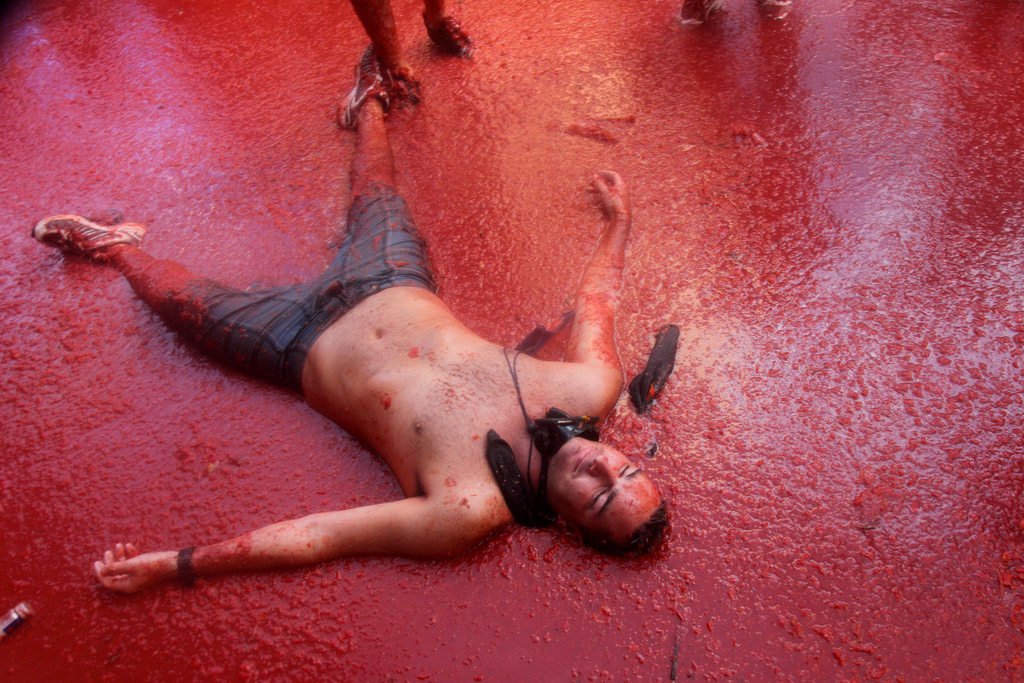 Photo: Flydime
Photo: Flydime
The world’s biggest tomato fight is not the time to wear those new skinny white trousers you bought at Zara (which, by the way, charges less in Spain than elsewhere in Europe). Every year on the last Wednesday in August, the little town of Buñol (near Valencia) fills up with thousands of locals and visitors who have always dreamed of being ragù. Or something like that.
The tomato tradition supposedly dates back to 1945 when a parade of gigantes and cabezudos was making its way through the little town. Some local scamps tried to join in the parade and knocked one of the giants over, much to the giant’s annoyance. When the giant started throwing punches, the kids grabbed handfuls of nearby tomatoes and opened fire. The rest, as they say, is history.
Find out more about our Spanish courses in Valencia.
Fiesta de San Mateo in Logroño
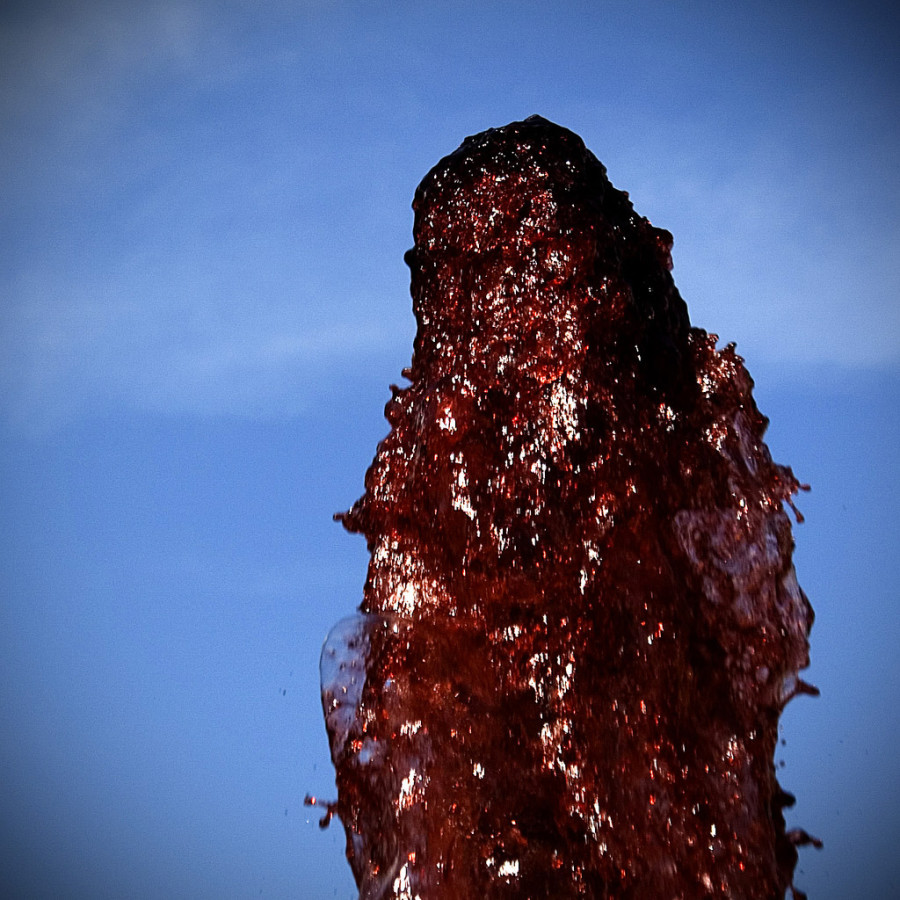 Photo: Kurtxio
Photo: Kurtxio
The home of the “fountain of wine”, this festival each September celebrates the Rioja region’s grape harvest. The weather is usually glorious – cooler than the peak months of the summer but still nice and warm. The gigantes and cabezudos come out in force but manage to avoid being pelted with tomatoes like their cousins in Buñol.
Take to the streets and tuck into the exceptional food of northern Spain, as served by a large number of stalls and street vendors. And prepare for purple lips and a groggy head the next day… the red wine flows liberally late into the evening.
You can combine this with the San Sebastian film festival, which takes place during September just a shortish drive away on the coast.
Find out more about our Spanish courses in San Sebastian.
